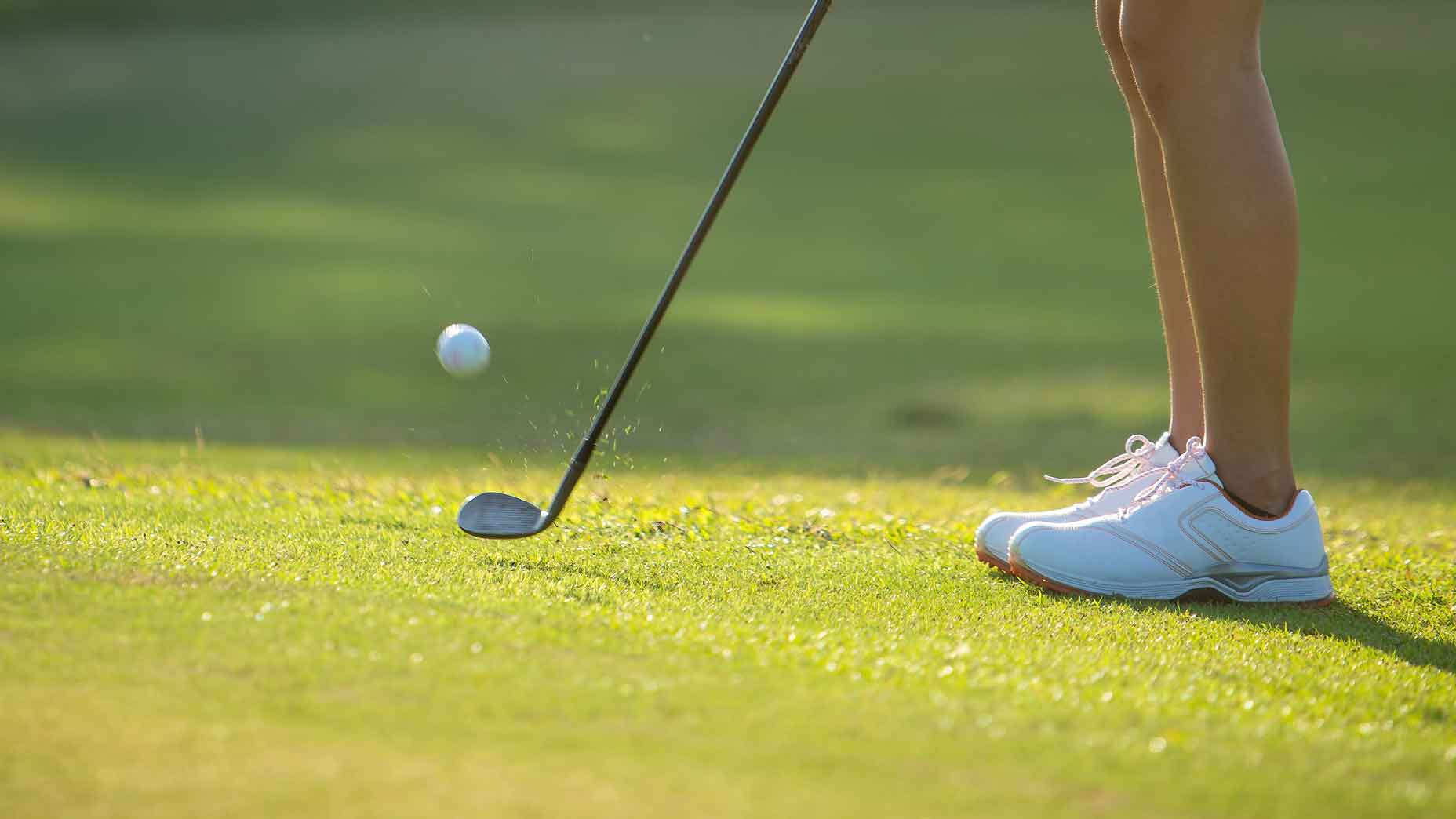 5 key tips for 2026: How to escape every bunker
5 key tips for 2026: How to escape every bunker
These two photos illustrate the insane variation between heel and toe hits
Ball-striking is a fickle art for many golfers. It’s something, no matter your skill level, you probably feel you can and should be better at.
Modern-day technology has enhanced how much we know about our ball-striking abilities, but perhaps not what we know. As great as it is to be able to see our swing speeds, spin rates and attack angles, how helpful is that information without being able to put any of it in the proper context?
Well, earlier today, GOLF Top 100 Teacher Andrew Rice helped provide a crucial piece of contextual evidence as it relates to the how and why of ball-striking, specifically as it relates to impact location.
https://www.instagram.com/p/B73OfapnUDa/
In his Instagram post, Rice shows the crazy amount of variation in swing results between a pair of golfers with very similar data but much different impact location.
The first golfer, a heavy heel hitter, pushes the ball far left of the target angle. The second, a heavy toe hitter, pushes it far to the right.
Now, you might be asking yourself: isn’t that backward? Shouldn’t the toe hitter be playing the ball toward the left, while the heel player plays the ball to the right?
When it comes to driver play, that’s not necessarily true. The science behind it is a theory called “gear effect,” which essentially says that the twisting of the clubface at impact causes an inverted ball flight. Whereas logic would say a heel shot goes right and a toe shot goes left, the reality is the opposite.
ADVERTISEMENT
As a result, players often try to fix consistent mishits off the heel and toe by overcorrecting their perceived swing problem. Rather than fix a consistent toe at impact, players will exacerbate the problem by changing their wrist position or hip turn, leading to further problems.
Instead, if either player in Rice’s example focused on changing their impact position, they could fix their problems off the tee without making a drastic swing change. Sometimes the best fixes are also the easiest ones.
To receive GOLF’s all-new newsletters, subscribe for free here.
ADVERTISEMENT






